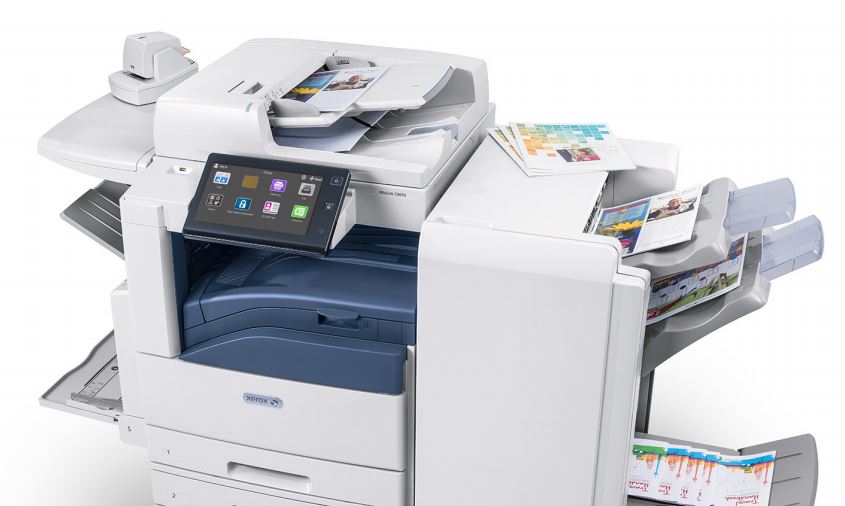“Taking a vertical approach to sales” is a common refrain among channel partners – but why? What is the benefit of target-specific sales versus a one-size-fits-all approach, and what do you need to know to be able to do it?
Verticals can be both a treasure trove and a minefield; laden with opportunities but also full of potential danger zones if you’re not fully aware of what is involved with those verticals — compliance, regulations, and standard operating procedures can all vary widely from one to the next, and knowing the intricacies of each is critical.
While there are numerous verticals that can be of interest to the channel, we’ll focus for the moment on three that offer particularly good opportunities for channel partners: financial, health care and education. What are the main things to know about each, and what is the opportunity?
Financial
As the rate that financial transactions occur electronically and the concern over identity theft both continue to rise, more laws have been created to govern businesses that fall into this category, which include banks, investment services, mortgage brokers, insurance companies, accounting firms and other financial institutions. The financial industry now needs to contend with the Fair Credit Reporting Act, the Gramm-Leach-Bliley Act, the Home Mortgage Disclosure Act and the Sarbanes-Oxley Act, to name just a few.
Financial markets are constantly changing and are increasingly utilizing advanced technologies such as robotic process automation (RPA) and blockchain — “fintech,” or “financial technology” is becoming an increasingly common term to describe the increasingly common technological interventions in finance and banking. This serves to make the financial vertical an even better bet for technologically forward providers, as local credit unions, mortgage brokers and accounting offices need partners more than ever to help navigate the technological waters.
You can position yourself as a valued and trusted advisor if you can help financial institutions build the systems the laws require and customers demand. Managed print solutions continue to be a valuable offering for financial firms, while digitized workflow can help them provide the experience tech-savvy consumers are coming to expect.
Xerox Managed Print Services (MPS) – MPS helps you gain visibility and control of document processes and costs. This ultimately saves money, automates steps, boosts productivity, and improves document security and environmental sustainability.
Security is a top concern for providers, and potential solutions include adding security features to existing hardware or placing devices with top-level built-in security, placing all print devices behind firewalls, ensuring the proper destruction of print device hard drives containing such information and applying rules-based printing software that disables remote and even some forms of mobile printing.
Healthcare

Of all the vertical markets, health care seems to be talked about most frequently. There are a couple of reasons for this, both good and bad. On the upside, health care is a huge market, accounting for nearly 20 percent of the gross domestic product according to CMS.gov.
The requirements for electronic health records (EHR) that came along with the passing of the Health Insurance Portability and Accountability Act of 1996 (HIPPA) and the Patient Protection and Affordable Care Act in 2010 mean technology is needed to fulfill many of today’s healthcare requirements. Estimates predict the healthcare IT market could be over $100 billion by 2020.
This means opportunities abound for the channel, as interdepartmental communication can be as inefficient in healthcare as it is in any other vertical, and given the nature of the communication, even more critical. The need to relay patient information securely is vitally important for both large and small providers. Solutions like the Xerox Healthcare MFP, which uses ConnectKey technology and the specialized healthcare document management services of Kno2, allows healthcare providers to electronically and securely share patient information simply by pushing a button.
“Securely” is a keyword, as security is a major problem for healthcare — even more than it is for most other industries. According to the Poneman Institute’s “2018 Impact of Cyber Insecurity on Healthcare Organizations,” the medical/healthcare industry accounted for more than 23 percent of total breaches in 2017, resulting in the exposure of more than 5 million patient records.
These breaches are making the news, and patients are well aware and concerned — according to the 2017 Xerox eHealth Survey, nearly half of respondents were worried that their personal information would be stolen. Once again, a trusted technology partner with access to secure, advanced solutions can be an invaluable ally to medical providers trying to strike a balance between efficiency and security.
Education
While comparisons can be made between finance and health care — both strictly regulated, consumer-facing markets — education can feel like an entirely different animal, and even within the education vertical itself, K-12 versus higher education carry with them vastly different needs and opportunities. Regulations, such as the Family Educational Rights and Privacy Act (FERPA) designed to protect the privacy of a student’s education records, remain important and security is still a concern.
Public K-12 schools face challenges ranging from overpopulation to competition from private and charter schools to budget cuts — all while dealing with demands for technology on a level that rivals that of paid institutions. Technology requirements vary from school-issued tablets or Chromebooks to the mishmash of BYOD policies. Managed print solutions can streamline and save money — the School District of Pittsburgh, for example, realized more than $1 million in annual savings with a Xerox managed print services solution.
Higher education, on the other hand, more closely resembles large enterprise, with large campuses, diverse needs and often, contracting budgets. Cost savings are a universal need, and mobility is a top concern. Meanwhile, large universities often have numerous departments with their own IT resources that almost operate as an SMB within a large enterprise. These separate entities may operate with little interdepartmental communication, a wide range of devices that may or may not work together and wildly divergent expectations and needs between faculty, staff and IT. A partner that helps to bridge those gaps in any way possible is a valuable ally.
Developing a deep level of expertise in specific vertical industries can be invaluable in a number of ways. Once you have become a trusted partner, word of mouth may well get you business in similar verticals as customers network at industry gatherings. And because the skills and solutions developed are repeatable, there is much less barrier to entry into new clients. Customers will be more likely to use a provider with a track record of successful solutions within their specific vertical, and you will feel more comfortable in that vertical. It’s a win-win.
 Become a Xerox Channel Partner
Become a Xerox Channel Partner
Ready to become a Xerox Channel Partner? Contact your Xerox account manager or review the Xerox Global Partner Program and apply to become a Xerox channel partner today to find out how we will help grow your business.
Join our Xerox Channel Partners LinkedIn Community
Looking for more marketing tips and insights from Xerox Agents, Concessionaires, and Document Technology partners from across the globe? Join our private Xerox Channel Partners LinkedIn Group.
Share this on Twitter!
Tweet: New from the Xerox Channel Connection blog: what it means to “take a vertical approach” to sales and how you can succeed at it: https://ctt.ac/7g3d8+ via @XeroxPartners
Subscribe to the Channel Partner Connection and receive email updates when we publish a new article.[wysija_form id=”1″]




